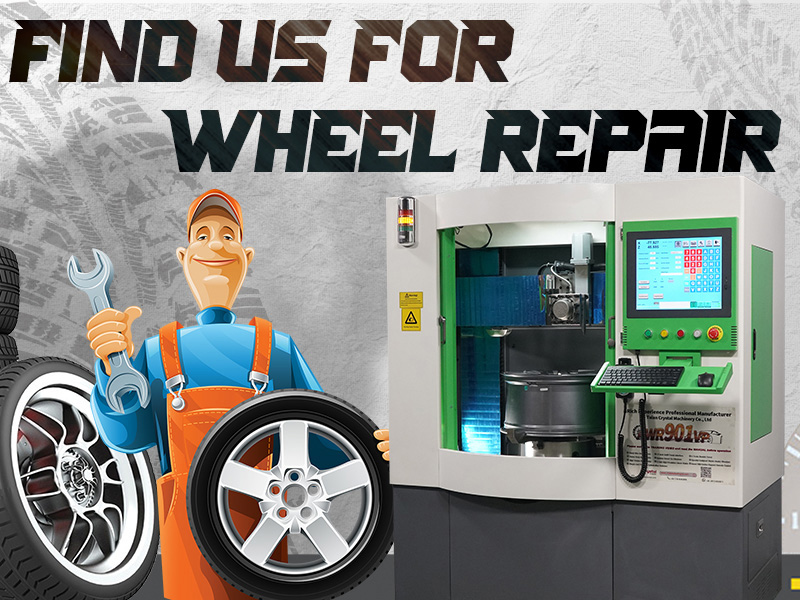Now, almost all new cars are equipped with aluminum alloy wheels, and they are also the preferred wheels for those who refurbish or customize old cars. Unlike steel cousins, alloy wheels come in a variety of styles and colors, which can easily match the color of the car. They are an eye-catching addition to your car, exuding years of style and classics, but sometimes they do require some attention and attention.
The term "alloy wheels" generally refers to automobile or motorcycle wheels cast from certain grades of aluminum alloy. They were first designed by the Aluminum Corporation of America (ALCOA) in 1948 and are made of many different non-ferrous materials, including magnesium alloys, so they are called "magnetic alloy wheels."
Due to cost issues, magnesium is rarely used now, and most wheels are composed of various aluminum alloy components that provide the right combination of mechanical properties, durability, and cost. The alloy wheel hub is never finished, and has a large number of protective paint and varnish layers to prevent it from deteriorating too quickly.
The difference between aluminum alloy wheels and steel wheels lies in their different materials (aluminum alloy is the opposite of steel, which is an alloy of iron and carbon). Aluminum wheels are more gorgeous than steel wheels. Steel wheels are usually equipped with plastic rims to make them more luxurious. Sturdy. attractive. The aluminum wheels have a tough protective paint layer. If damaged, the aluminum below may begin to corrode, further damaging the aluminum layer below. If this happens, the wheels can be refurbished using a wheel repair machine.
If your aluminum wheel is damaged and looks very dirty, it can be repaired by a professional. If the grinding wheel has worn on the curb, or if it is penetrated by something sharp enough to penetrate the paint, it will usually cause damage. In this case, the damage should be repaired as soon as possible to prevent further deterioration of the aluminum alloy under the surface coating.
The refurbishment of alloy wheels usually starts with the complete removal of the paint layer to expose the aluminum alloy underneath. This is usually done by immersing the entire wheel in a chemical bath that erodes and removes the paint layer while leaving the wheel's aluminum intact.
Once the protective paint layer is completely removed, the alloy wheel repair technician will check the entire wheel for cracks and dents. If the wheel breaks, or there are dents in some areas of the rim, it may slowly leak air, causing the tire to leak.
Cracks usually mean that the wheel cannot be used because they destroy the strength and integrity of the wheel. However, some dents can be repaired with a special filler that contains dry aluminum powder, which looks very similar to the aluminum alloy of the grinding wheel. It is also tough enough, so once a new layer of paint is applied to the entire wheel, it can be filed into a wheel shape and sanded into a wheel shape, leaving a form indistinguishable from the actual metal of the wheel.
Aluminum alloy wheels will make your car look more beautiful, but only if you keep it in good condition, so please take good care of the aluminum alloy wheels.






